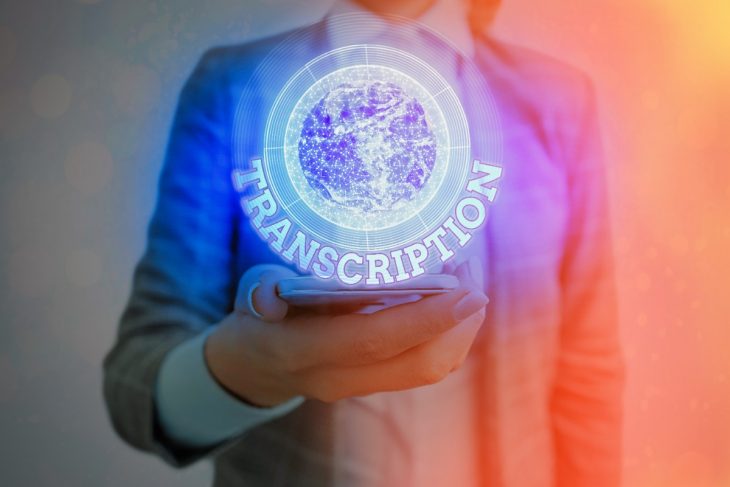Though often associated with artificial intelligence, transcription actually has a long history that dates back to the days of early humans. Its importance as well as its accuracy has improved greatly over the years, but there are still some interesting facts about transcription that may surprise you.
What is AI Transcription?
AI transcription is the process of converting speech into text. There are different methods of doing it, but the most common is through the use of speech recognition software. This type of software recognizes spoken words and then converts them into text read by a computer.
History in a Nutshell
The first recorded instance of transcription was in the year 1215. A monk named John of Worcester transcribed a sermon that was given by Pope Innocent III. This was done in order to preserve the pope’s words so that they could be read by future generations.
In the year 1455, Johannes Gutenberg invented the printing press. This made it possible for books to be mass-produced. This meant that more people had access to books and the written word. As a result, transcription became even more important as a way to preserve the words of important people.
AI transcription entered our lives in the year 1961 when IBM developed a program called SHRDLU. This program could recognize and respond to natural language commands. While it was not perfect, it was a major step forward in the development of artificial intelligence.
The accuracy of AI transcription has improved greatly over the years based on advances in artificial intelligence and speech recognition technology. Today, you can find transcription in a wide variety of purposes including medical transcription, legal transcription, and business transcription.

